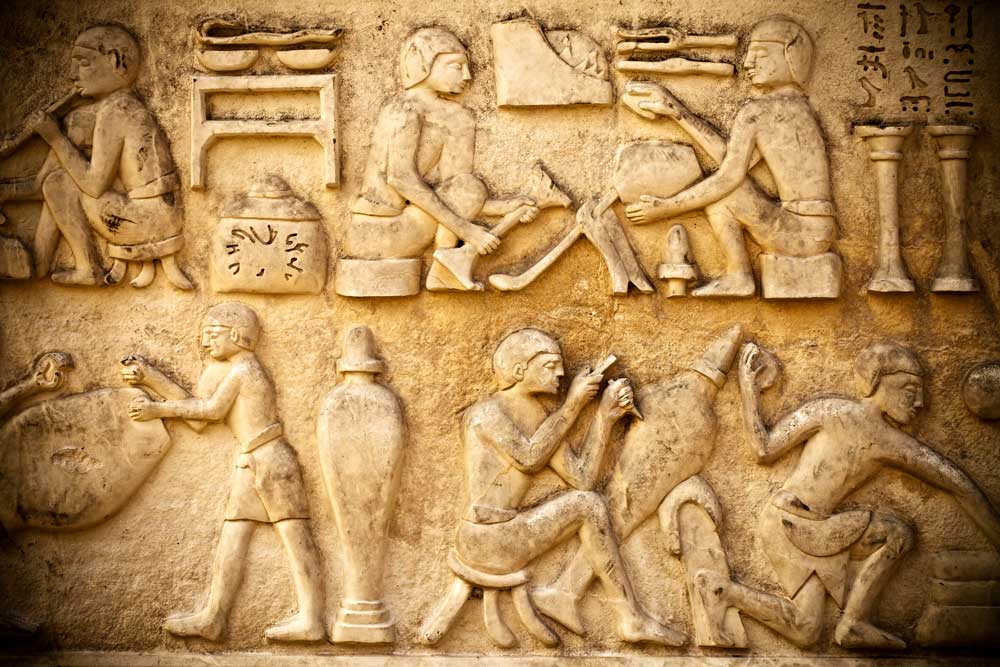Introduction
This essay explores the historical interplay between technology, science, and international relations (IR), focusing on how scientific advancements and technological innovations have shaped global power dynamics, diplomacy, and conflict. As an IR student, understanding this nexus is critical, as technology often serves as both a tool and a driver of state interactions. The essay will first examine the impact of the Industrial Revolution on early modern international politics, then consider the role of scientific advancements during the Cold War, and finally address the contemporary implications of cyber technology. By tracing these developments, the essay aims to highlight the dual nature of technology as a force for cooperation and competition in global affairs.
The Industrial Revolution and the Birth of Modern Power Politics
The Industrial Revolution (roughly 1760–1840) marked a pivotal moment in the history of IR, as technological advancements fundamentally altered the balance of power. The mechanisation of production and the development of steam power enabled states like Britain to amass economic and military strength, facilitating colonial expansion and the consolidation of empires. As Hobsbawm (1996) argues, industrialisation provided the material basis for dominance, with innovations in weaponry and transport amplifying state capacity to project power overseas. This technological edge often translated into geopolitical leverage, as seen in the Opium Wars (1839–1860), where Britain’s superior naval technology enforced unequal treaties on China. However, this period also exposed limitations, as industrial disparities fuelled tensions and resentment, arguably sowing seeds for future anti-colonial movements. Thus, technology became a double-edged sword, shaping both dominance and resistance in early international systems.
Science and Technology in the Cold War Era
The Cold War (1947–1991) epitomised the intersection of science and IR, with technological competition becoming a central feature of the US-Soviet rivalry. The development of nuclear weapons, following the Manhattan Project, introduced a new paradigm of deterrence through mutually assured destruction (MAD). According to Gaddis (2005), the scientific breakthrough of nuclear technology not only redefined military strategy but also necessitated diplomatic frameworks like the 1963 Partial Nuclear Test Ban Treaty. Furthermore, the Space Race exemplified how scientific achievement became a proxy for ideological superiority, with events like the 1969 US moon landing symbolising American technological prowess. Yet, this race for dominance often diverted resources from domestic needs, illustrating a key limitation of prioritising scientific advancement for political gain. Generally, Cold War technology underscored the tension between innovation as a unifying human endeavour and its weaponisation in global conflict.
Cyber Technology and Contemporary IR
In the 21st century, cyber technology has reshaped the landscape of IR, introducing new domains of power and vulnerability. The proliferation of digital infrastructure means states can engage in cyber warfare, espionage, and information manipulation without traditional military engagement. For instance, the 2010 Stuxnet attack on Iran’s nuclear facilities, widely attributed to the US and Israel, demonstrated how technology can target strategic assets covertly (Rid, 2013). However, this also raises complex challenges, as the attribution of cyberattacks remains ambiguous, complicating diplomatic responses. Moreover, cyber capabilities are not limited to states; non-state actors, including hackers and corporations, now influence international security, as seen in the 2016 US election interference allegations. Therefore, while technology offers innovative tools for statecraft, it simultaneously undermines traditional notions of sovereignty and control, presenting a critical problem for modern IR.
Conclusion
In conclusion, the history of technology and science in IR reveals a persistent theme of dualism: these forces have enabled both cooperation and conflict across different eras. From the Industrial Revolution’s role in empire-building to the Cold War’s nuclear and space races, and now to the cyber domain, technological advancements have consistently redefined power and diplomacy. The implications are profound, as states must navigate the benefits of innovation against risks of escalation and insecurity. Indeed, while technology can foster global collaboration—such as through shared scientific research—it often amplifies geopolitical tensions. Ultimately, understanding this dynamic remains essential for addressing the complex challenges of contemporary international relations.
References
- Gaddis, J.L. (2005) The Cold War: A New History. Oxford University Press.
- Hobsbawm, E.J. (1996) The Age of Revolution: 1789-1848. Vintage Books.
- Rid, T. (2013) Cyber War Will Not Take Place. Hurst & Company.


